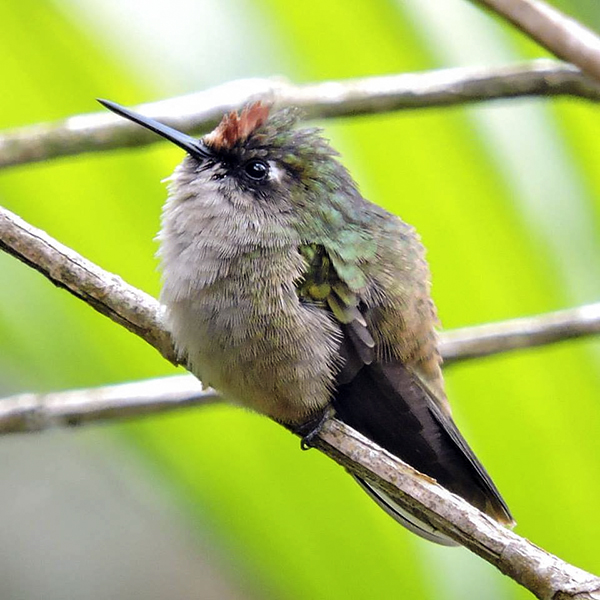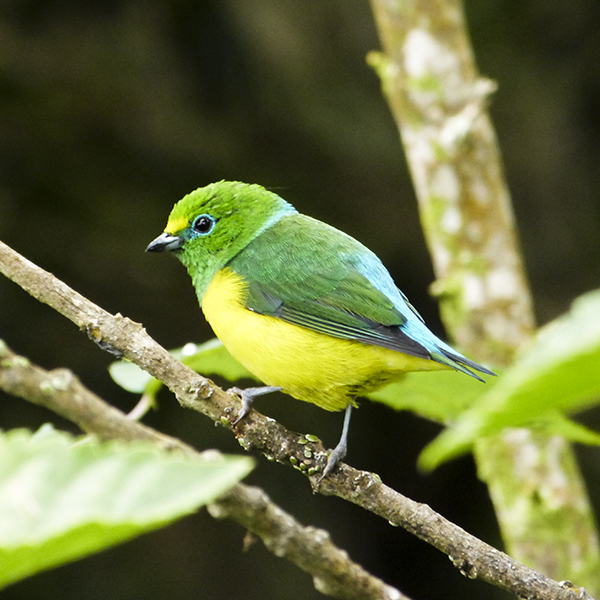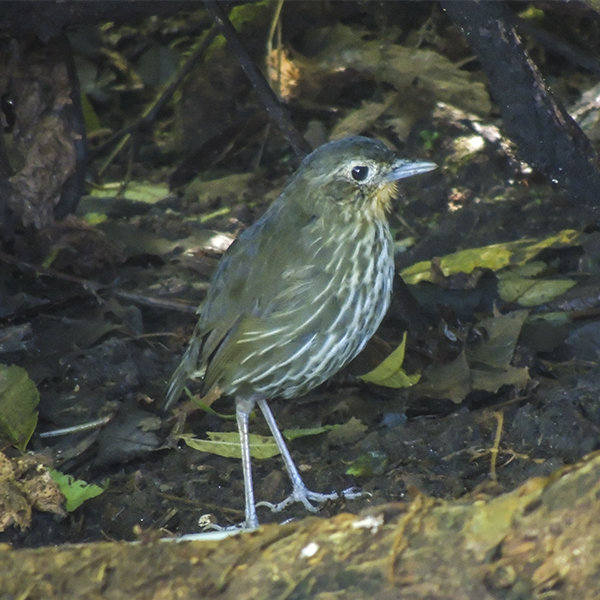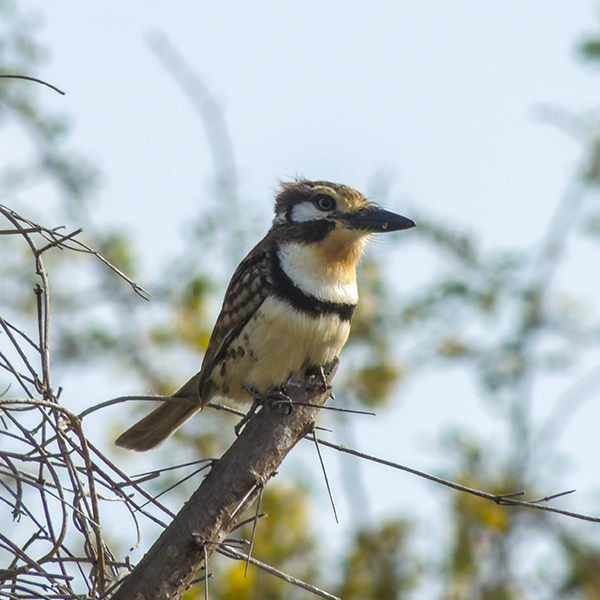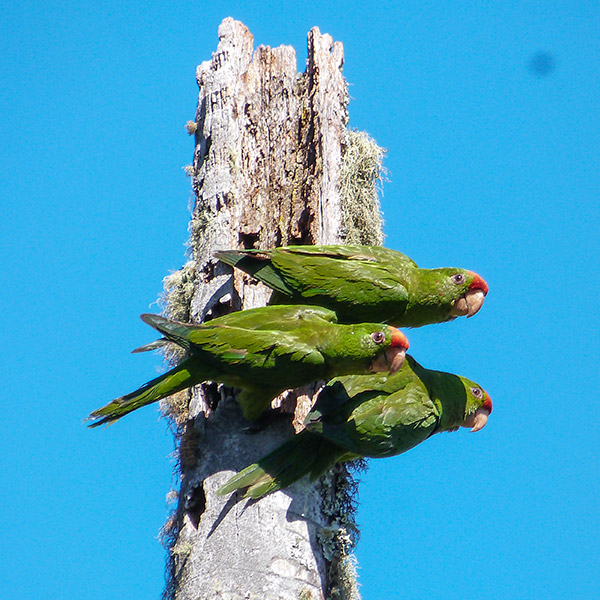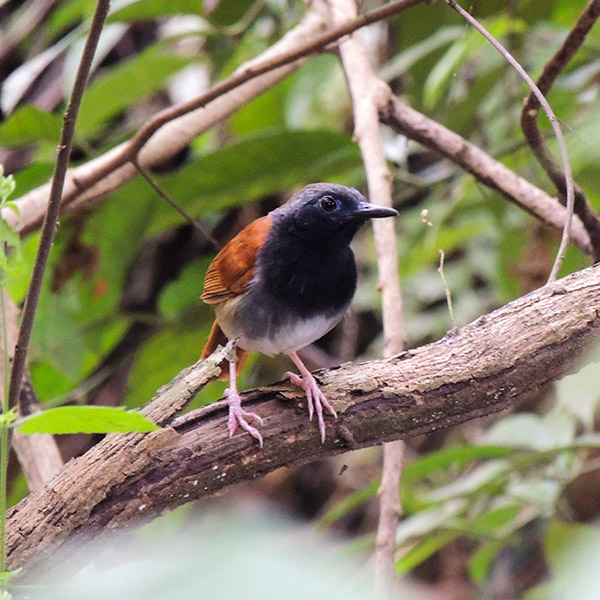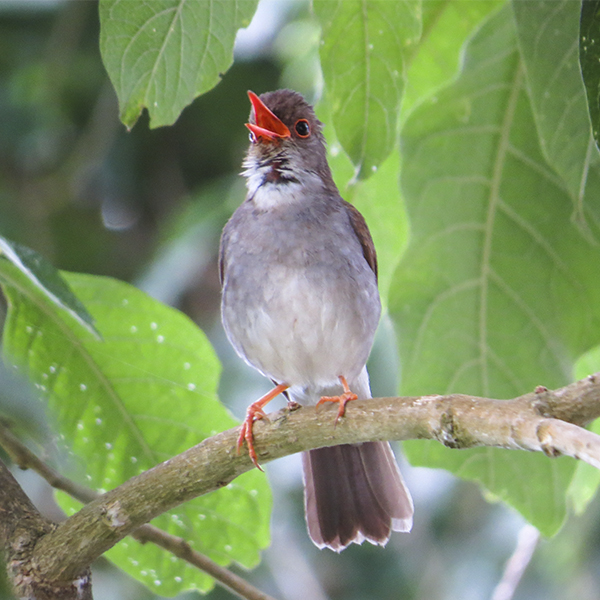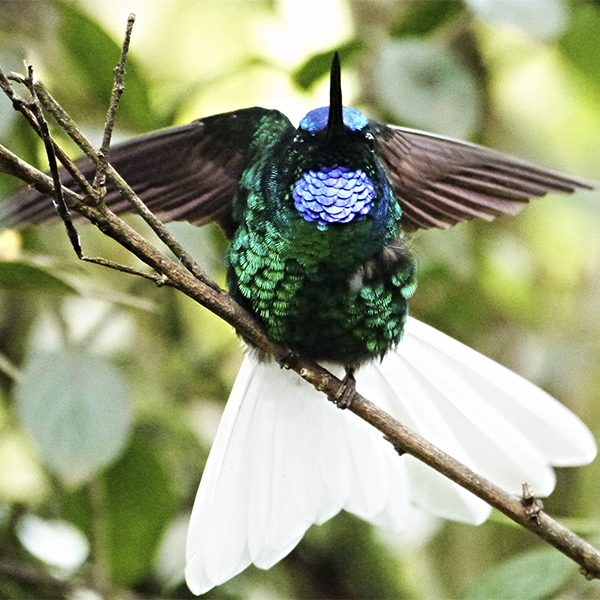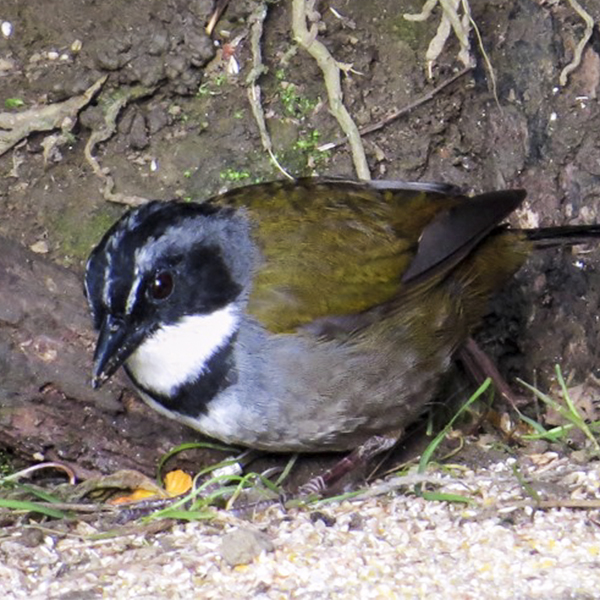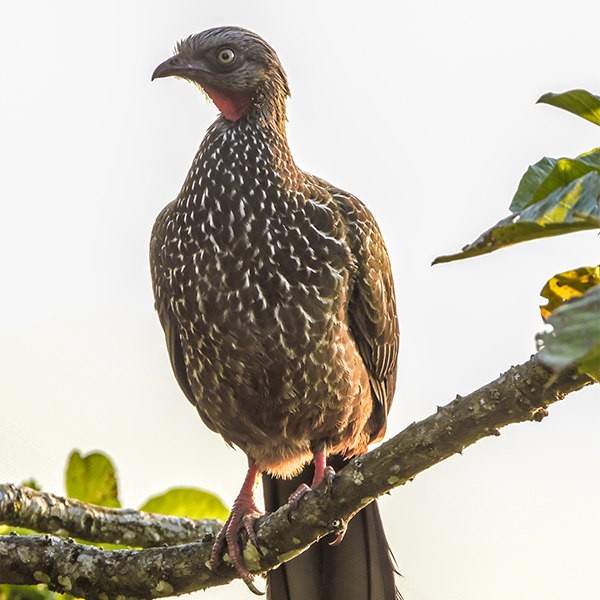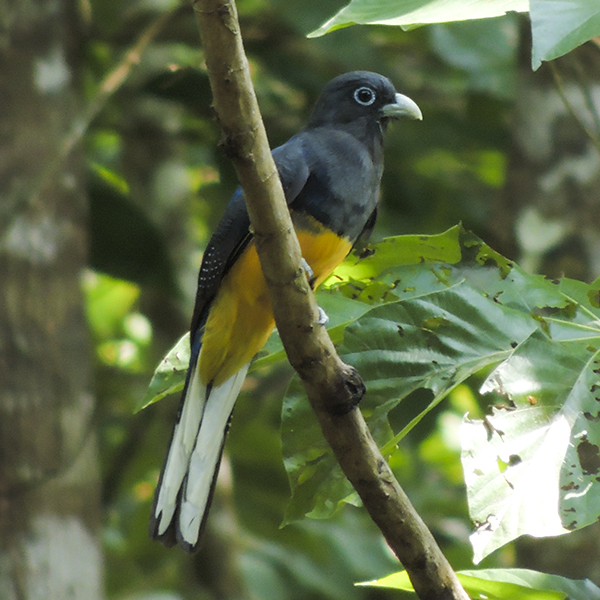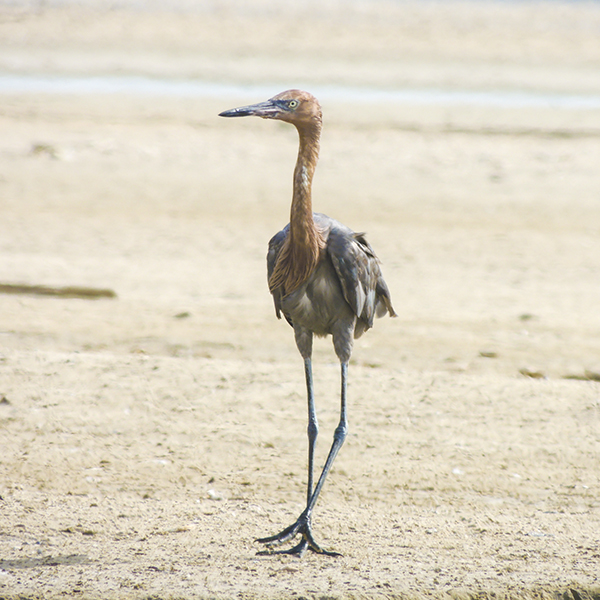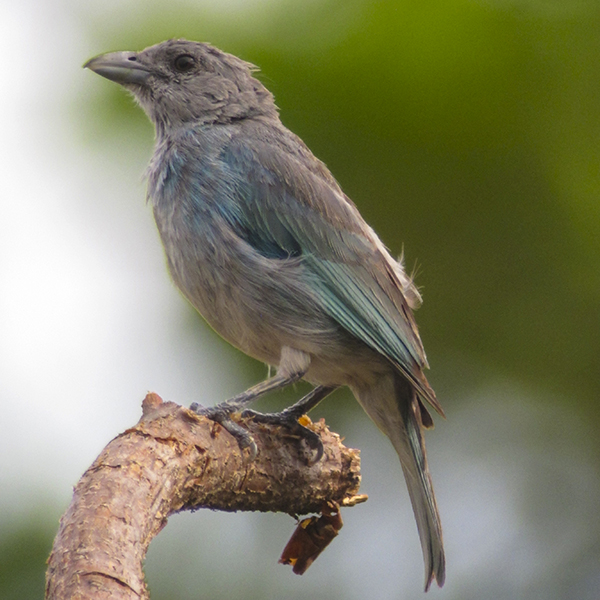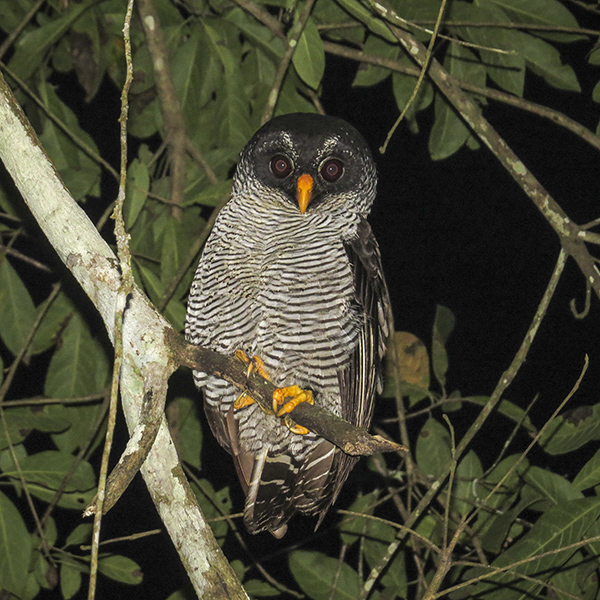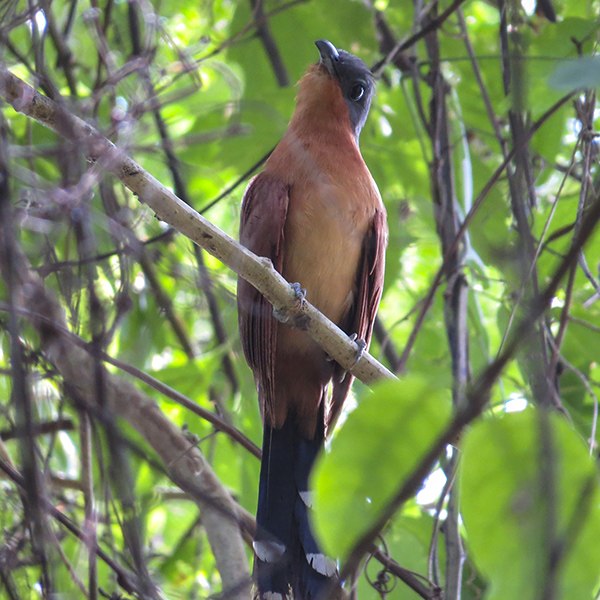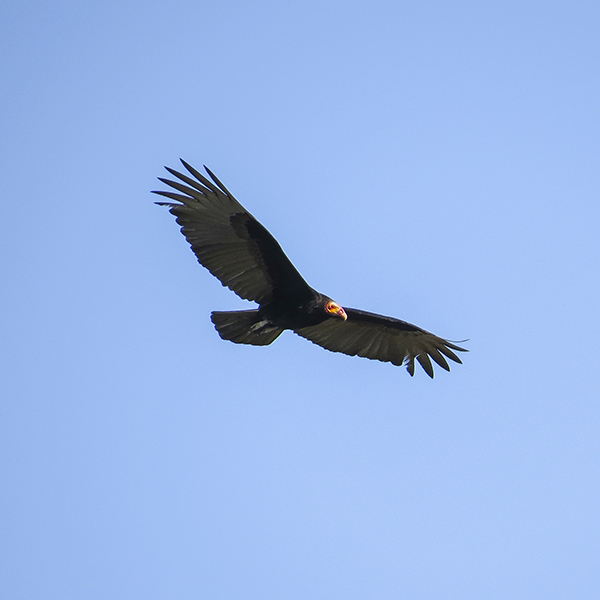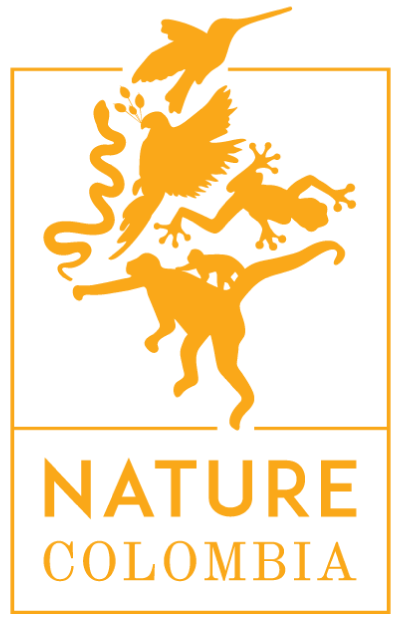SUMMARY: 0 day(s)
The cart is empty!
Click on "Customize" and start planning your perfect trip!

Female birders flocking to Colombia
2 - 9 November 2024 (8 days)
We know what you want and we know how to do it, that’s why we designed this tour for those women who want to know Colombia, the country with the second-highest biodiversity in the world, behind Brazil (Around 7 times Colombia´s size). While looking for birds, this tour also takes you to discover experiences with Colombian women who will tell you how they got out of the war looking for sustainable alternatives and indigenous communities that saw in bird watching another way to get involved in the local conservation of their environment whereas have some extra income.
Dates: 2 - 9 November 2024 (8 days)
Limit: 7 people
Level: Easy Pace, Enthusiastic
What our clients say
“I highly recommend Angela as a brilliant and well-organized tour planner, as well as a great person to spend the day with as you explore the wonders of Colombia. I appreciate her patience to my frequent change of plans. She answered all my questions and prepared a perfect trip based on our interests”
-Karen Falcon






